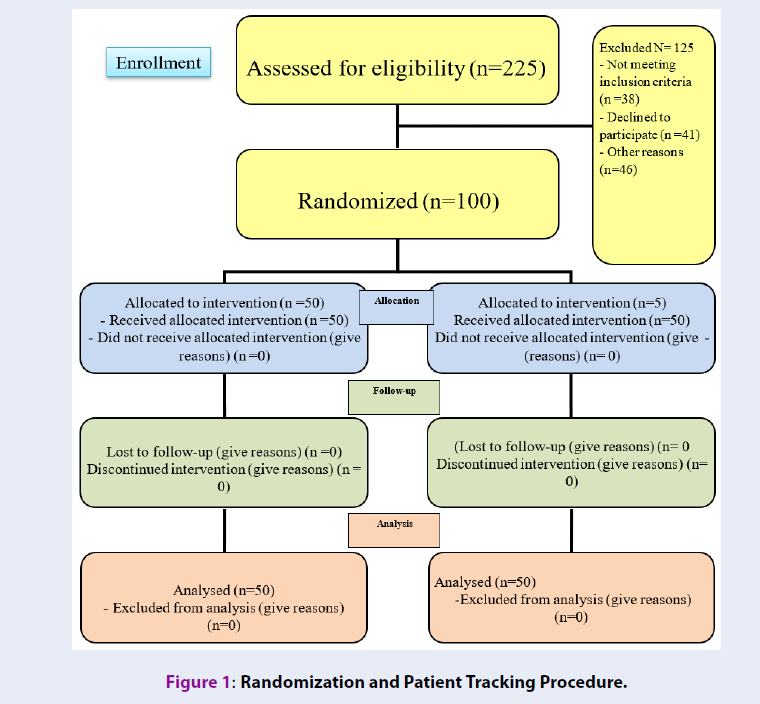Comparison of sublingual versus vaginal misoprostol in the management of missed abortions
DOI:
https://doi.org/10.15419/bmrat.v6i10.567Keywords:
Abortion Missed, Misoprostol, Sublingual, VaginalAbstract
Introduction: Missed abortion is one type of abortions in which the product of a pregnancy is dead and does not leave the cervix, despite a long period of time. Missed abortion requires urgent action due to serious maternal complications. The purpose of this study was to investigate and compare the effects of using misoprostol on the treatment of missed abortions by two different methods.
Methods: In this retrospective study, 100 women with missed abortions at the pregnancy age of 4-6 weeks, who had been referred to Fatemieh Hospital of Hamadan and were candidates for termination of pregnancy, were randomly allocated into two equal groups. In the first group, 600 ug of misoprostol was administered sublingually, and in the second group, 600 ug of misoprostol was given vaginally. The treatment was repeated for both groups at intervals of 6 hours (3 times). Then, the patients were assessed at the 3rd, 6th and 12th hours after treatment for onset of bleeding and success of treatment (as well as abortion, with sonography). Data were analyzed by SPSS software version 16 with 95% confidence interval.
Results: In this study, the percentage of complete abortion in women receiving vaginal and sublingual misoprostol was 90% and 96%, respectively (p>0.05). The mean (SD) of misoprostol use was 1164 (467.02) and 924 (367.87) ug, respectively (P=0.004). The mean (SD) time interval between the use of the first tablet and the incidence of bleeding in women receiving misoprostol by sublingual and vaginal methods were 5.64 (1.85) and 7.47 (2.72) hours, respectively. Also, the time until the complete abortion for those receiving the sublingual and vaginal method was 7.10 (1.90) and 9.38 (2.53) hours, respectively (P<0.001).
Conclusion: In women with a missed abortion, prescribing 600 ug of misoprostol by sublingual method caused a bleeding event of shorter duration than the vaginal method, and complete abortion was achieved with a higher success rate.

Downloads
Published
Issue
Section
License
Copyright The Author(s) 2017. This article is published with open access by BioMedPress. This article is distributed under the terms of the Creative Commons Attribution License (CC-BY 4.0) which permits any use, distribution, and reproduction in any medium, provided the original author(s) and the source are credited.
